Polymeric Sand Size
Polymeric Sand Market Growth Projections and Opportunities
The polymeric sand market is influenced by a variety of market factors that play a crucial role in its growth and dynamics. One significant factor is the increasing demand for landscaping and hardscaping solutions in both residential and commercial construction projects. As people seek to enhance the aesthetic appeal of their outdoor spaces, the use of polymeric sand for paver installations becomes more prevalent.
Polymeric sand is mostly used to fill gaps between pavers of various varieties, including concrete, stone, and rock pavers. Polymeric sand is a granular material that is commonly used in civil construction for plastering, tamping, and leveling. It is composed of fine grains of natural or synthetic materials that have been combined with polymers to impart qualities such as improved durability, cohesive strength, and load bearing capability.
Additionally, the construction industry's growth and development contribute significantly to the expansion of the polymeric sand market. With ongoing infrastructural projects worldwide, there is a consistent demand for durable and stable materials like polymeric sand for various applications such as patio, walkway, and driveway installations.
Technological advancements also play a vital role in shaping the polymeric sand market. Manufacturers are continuously innovating to improve the quality and performance of polymeric sand products. These innovations often result in products with enhanced strength, flexibility, and resistance to weathering, making them more appealing to contractors and end-users alike.
Moreover, environmental concerns are increasingly influencing market trends within the construction industry, including the polymeric sand market. As sustainability becomes a priority, there is a growing demand for eco-friendly products. Manufacturers are responding to this demand by developing polymeric sands that are more environmentally friendly, utilizing recycled materials and reducing carbon footprints.
The pricing and availability of raw materials are also significant market factors affecting the polymeric sand industry. Fluctuations in the prices of polymers, sand, and other essential ingredients directly impact production costs and, consequently, product pricing. Moreover, the availability of raw materials can sometimes be limited, leading to supply chain challenges for manufacturers.
Market regulations and standards also influence the polymeric sand market landscape. Government regulations regarding construction materials, environmental standards, and product certifications can impact the production, distribution, and use of polymeric sand products. Compliance with these regulations is essential for manufacturers to ensure market acceptance and consumer trust.
Furthermore, competitive dynamics within the industry shape the polymeric sand market. Manufacturers compete based on factors such as product quality, pricing, brand reputation, and distribution networks. Market players continuously strive to differentiate their offerings and gain a competitive edge through marketing strategies, product innovations, and partnerships.
Consumer preferences and trends also drive market dynamics within the polymeric sand industry. As homeowners and contractors increasingly prioritize low-maintenance solutions with long-term durability, the demand for polymeric sand continues to rise. Additionally, aesthetic trends and design preferences influence the choice of polymeric sand colors and textures, driving product innovation and diversification.
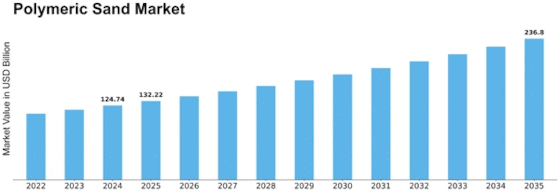

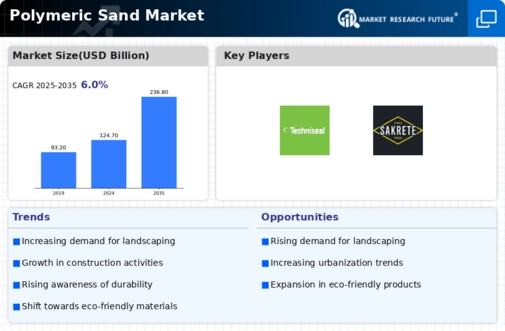

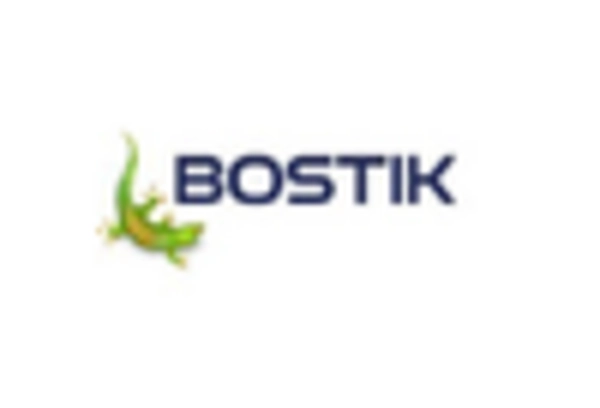
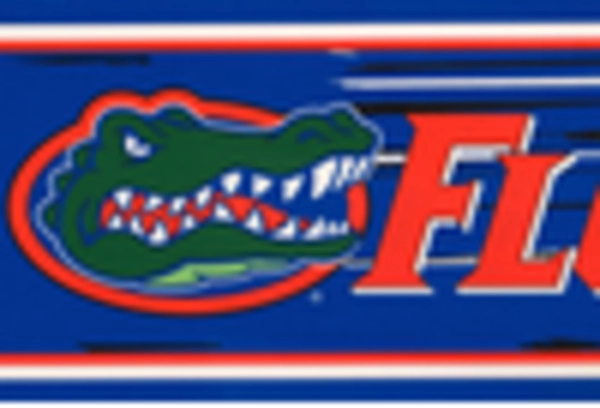
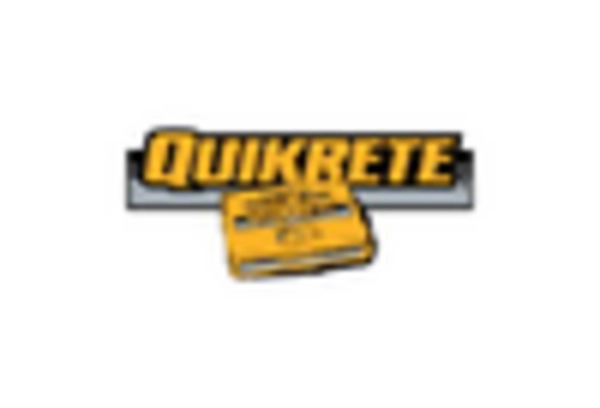
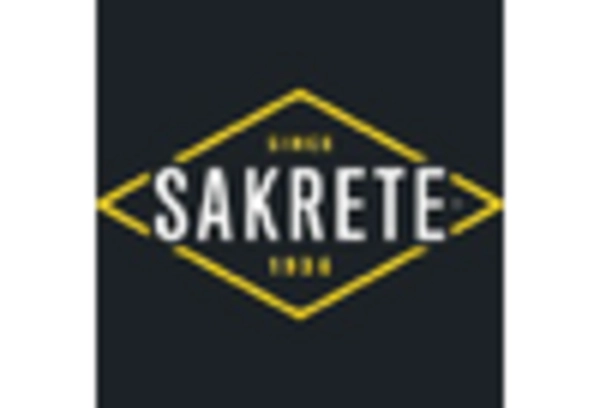










Leave a Comment